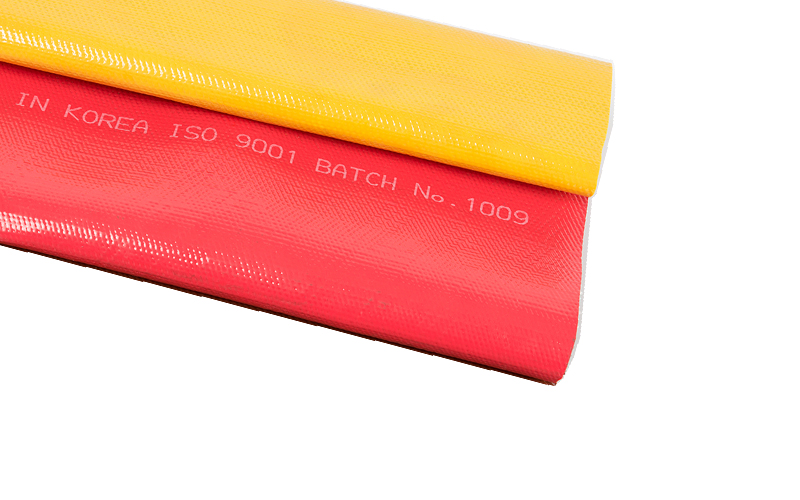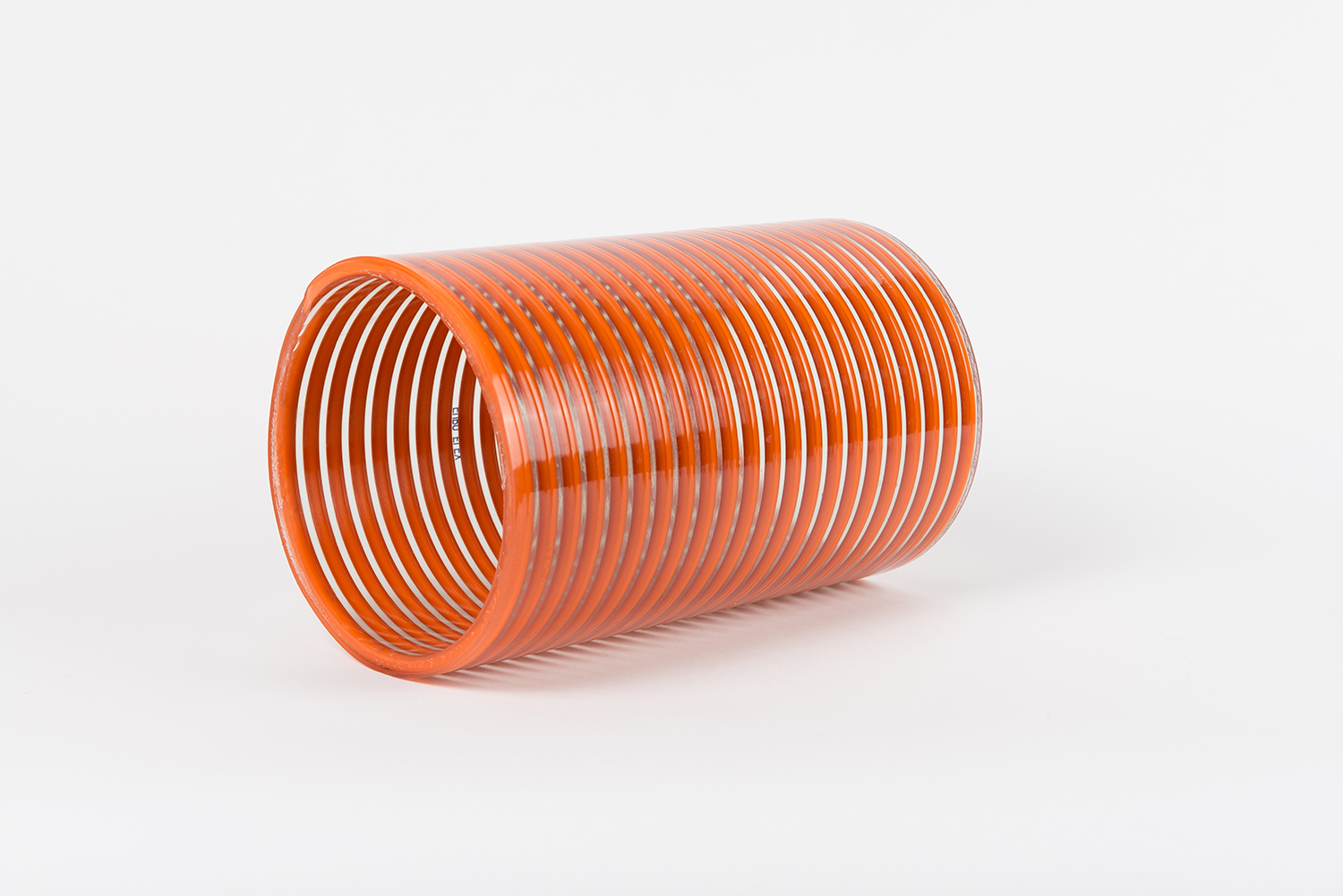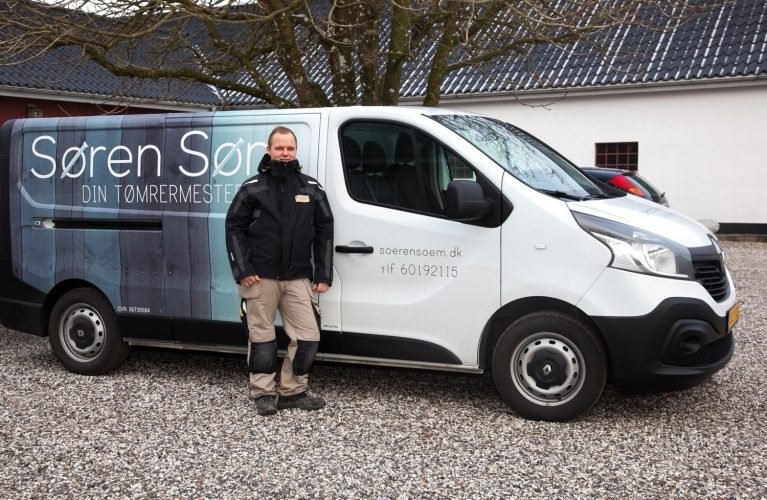Introduction
Petroleum products are the lifeblood of our modern world, powering everything from cars and airplanes to industrial machinery and home heating systems. However, the safe and efficient transport of these fluids requires specialized equipment, and two critical components in this process are petroleum tank drop hoses and PVC layflat hose. In this blog, we will explore the essential roles these hoses play in the transportation of petroleum products and various applications where they are employed.
Petroleum Tank Drop Hose
Petroleum tank drop hoses are vital tools in the fuel and oil industry. They are designed to facilitate the transfer of petroleum products from tanker trucks to underground storage tanks, making them essential for gas stations, fuel terminals, and other refueling facilities. Here are some key features and benefits of petroleum tank drop hose:
- Durability: These hoses are constructed from high-quality materials, such as nitrile rubber or synthetic blends, to withstand the harsh conditions of the petroleum industry. They can handle the corrosive nature of petroleum products and resist wear and tear.
- Static Discharge Protection: To prevent static electricity buildup, which could lead to dangerous sparks in a potentially explosive environment, these hoses are often equipped with static wire or anti-static features.
- Versatility: Petroleum tank drop hoses come in various sizes and lengths, making them suitable for a range of applications. Whether you are refueling a small gas station or a large industrial facility, there’s a hose to meet your needs.
- Safety: These hoses often comply with industry safety standards and regulations to ensure the safe transfer of petroleum products, reducing the risk of spills and accidents.
- Ease of Handling: Many petroleum tank drop hoses are lightweight and flexible, making them easy to maneuver and connect.
PVC Layflat Hose
PVC layflat hoses are highly versatile and find applications in various industries, including agriculture, construction, and water management. They are flat in shape when not in use and can be easily rolled up, making them convenient for storage and transportation. Let’s explore the key features and applications of PVC layflat hoses:
- Lightweight and Flexible: PVC layflat hoses are lightweight, flexible, and easy to handle. Their flat design allows for compact storage when not in use, saving space.
- Water Transport: These hoses are commonly used for water transfer and irrigation purposes, making them indispensable in agriculture. They can efficiently move large volumes of water over long distances.
- Construction and Dewatering: PVC layflat hoses are used in construction sites and dewatering applications to pump out excess water, making them crucial for keeping construction sites dry and safe.
- Emergency Response: They are often employed during emergencies, such as flood control and disaster relief efforts, to channel water away or provide water supply solutions.
- Chemical Compatibility: Some PVC layflat hoses are designed to handle a variety of chemicals, which makes them suitable for chemical and industrial fluid transfer applications.
Conclusion
Petroleum tank drop hoses and PVC layflat hoses are essential tools in various industries, contributing to the safe and efficient transport of petroleum products, water, and other fluids. Their durability, versatility, and compliance with industry standards make them indispensable components of many fluid transfer systems.
Whether you’re in the fuel industry, agriculture, construction, or emergency response, these hoses play a significant role in maintaining the integrity of your operations. So next time you fill up your vehicle at the gas station or see a field being irrigated, take a moment to appreciate the vital role that these hoses play in keeping our world running smoothly.










